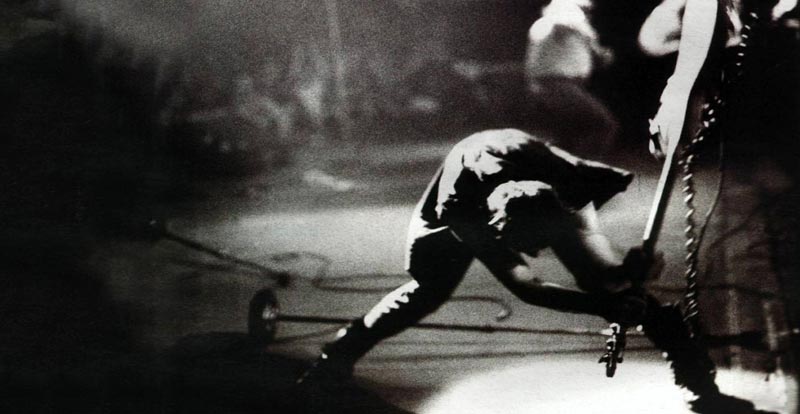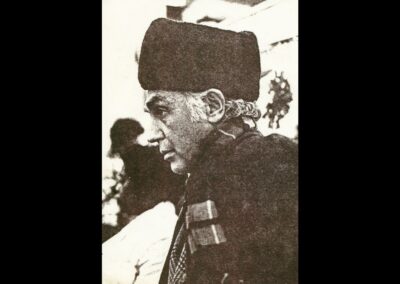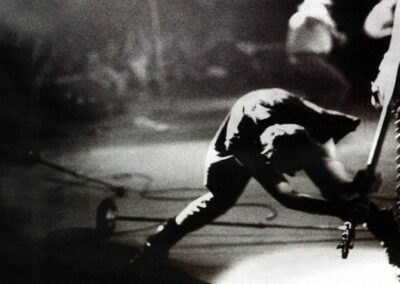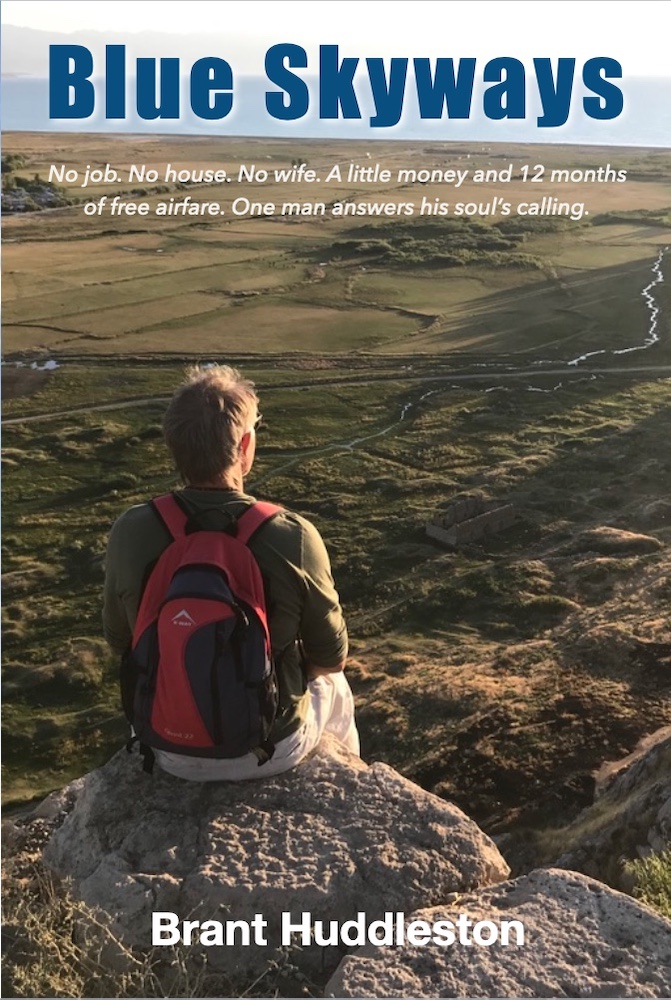Mother and the Mosh Pit

Introduction:
It can be baffling to understand men, especially for women. We don’t often do what we’re told. We take insane risks. We chafe against the reasonable counsel of women. Why? This essay may offer some insights.
Mother and the Mosh Pit
In my nearly 40 years of playing lead guitar in a variety of rock&roll bands, mostly in grungy bars and cheap honky-tonks, and always in America, I’ve seen my fair share of dance floors.
And I’ve noticed something ~ it’s always the women who start dancing first.
Men usually mope around the edges and have to be dragged onto the floor by their female partners. The next time someone starts playing dance music, watch for this phenomena.
I’ve never seen the pattern fail, with one exception ~ in the bone crushing, frenzied, sweat infused, power drenched and testosterone-fueled environment of the mosh pit.
Then and there, all the rules change.
A mosh pit, for those of you who don’t know (and don’t admit that or I’ll know your religion or how old you are), is a place off the front of the stage where “slam dancing” takes place, typically too loud, live hardcore punk or heavy metal music.
The etymology of “mosh” is traced to a Jamaican musician who urged the crowd to “mash it up” ~ to go wild with the frenzy of the music ~ and due to his Island accent the verb in his exhortation was heard as “mosh.” Slam dancing is an apt and accurate description of the style, and moshing has been criticized for its violence and “dangerous excesses.”
Injuries do happen, and even some deaths have been reported, especially as the dance evolved into aggressive offshoots like the infamous “Wall of Death.”
The second law of thermodynamics says that all ordered states trend toward a state of greater disorder, and so it was with moshing. What began as an aggressive form of contact improvisational dance decayed into what heavy metal percussionist Chris Fehn described as “a form of bullying. The big guy stands in the middle and just trucks any small kid that comes near him.”
And thus slam dancing, especially in America, is now condemned by many of the musicians who helped start it in the first place. They had seen enough. “Too much fighting on the dance floor,” said the Specials in their song “Ghost Town.”
But why the appeal, and why especially among young men?
Rock Critic Michael Corcoran of The Austin Chronicle offers some insight when discussing the music:
“It’s rebel music, soul music, kids’ music. It understands what parents and teachers don’t, that puberty is not about hair or pimples or cracking voices; it’s a beast, a demon. It’s a beautiful rage that wants to belong and sometimes only can through dumb, simple, angry music. It stirs deep emotions that sometimes get out of hand. It ignites the same spirit that makes us fall in love, have children and believe in God.”
A beast.
A demon.
A beautiful rage.
There is a fierceness in the music, and in the dance. Like migratory birds responding to an archetypal memory telling them where to go, young men respond, drawn to the mosh pit and the opportunity it offers to work out their emerging warrior energy.
They are desperate for a ritual of initiation, from child to man, and the pit gives them a place to go for it. Van Halen rocker David Lee Roth said of his performances, “I have successfully turned Monkey Hour into a career.”
From childish antics to adult vocation ~ a vital transition.
But the pit needed something else. It needed the older male to supervise the rite, to pass on the ancient wisdom secretly encoded in the ritual.
So, instructing from the stage, the tribal elders told the young dancers, “you’ve gone too far” ~ and the young men listened. Here we have an exclusively male-to-male channel of communication, or more generally what the Bible calls “deep calling to deep.” As much as it may anguish women, the female-to-male communication is far less efficient. A boy cannot be initiated into manhood from the world of women.
It will always require another man.
I have always wondered why rock bands are male-dominated, even to this day. The welcome light for women has been turned on for decades, and yet, go to any club where a rock&roll band is playing, and you’ll find the boys.
Led Zeppelin. The Stones. Hendrix. The Who. Kurt Cobain. All the greats…always boys. Sure, we had some wonderful exceptions. Joan Jett. Patti Smith. Chrissie Hynde.
But they were the rare exceptions, and as good as they are, their style of music is considerably less wild.
To see the intensity of Corcoran’s “beautiful rage,” look no further than the photo used for this post:
The cover of The Clash’s “London Calling,” #8 on Rolling Stone Magazine’s Greatest Albums of all time. There he is. The young warrior, soul afire, smashing his guitar. The Wild Man of Robert Bly’s “Iron John ~ A book about men.” The Beast. There is nothing tame, orderly, or “nice” about him, and that is exactly what we want. We want the fierceness. It is needed to protect the tribe.
In his classic essay “The Age of Endarkenment”, author Michael Ventura explains the psyche of the mosh pit:
We tend to think of this extremism in the young as something new, peculiar to our times, caused by pop or TV or the collapse of values. The history of our race doesn’t bear this out, however. Robert Bly and Michael Meade, among others, remind us that for tens of thousands of years tribal people everywhere have greeted the onset of puberty, especially in males, with elaborate and excruciating initiations – a practice that plainly wouldn’t have been necessary unless their young were as extreme as ours.
It means that when conservatives talk of rock culture subverting the young or others talk about that same culture liberating the young or when postmodern technologists talk of our electronic environment “rewiring the software” of new generations – they are all making the same mistake. They fail to understand that a psychic structure that has remained constant for 100,000 years is not likely to be altered in a generation by stimuli that play upon its surfaces. What’s really going on is very different: the same raw, ancient content is surging through the youth’s psyches, but adult culture over the last few centuries has forgotten how to meet, guide and be replenished by its force.
Unlike us, tribal people met the extreme of their young (and I’m using “extremism” as a catchall word for the intense cacophony of adolescence) with an equal but focused extremism from adults. Tribal adults didn’t run from this moment in their children as we do; they celebrated it. They would assault their adolescents with, quite literally, holy terror; rituals that had been kept secret from the young till that moment – rituals that focused upon the young all the light and darkness of their tribe’s collective psyche, all its sense of mystery, all its questions, and all the stories told both to contain and answer those questions.
The crucial word here is “focus.” The adults had something to teach: stories, skills, magic, dances, visions, rituals. In fact, if these things were not learned well, the tribe could not survive.
The mosh pit, in all its forms, is thus essential to survival. Bly says, “If a culture does not deal with the warrior energy ~ take it in consciously, discipline it, honor it ~ it will turn up outside in the form of street gangs, wife-beating, drug violence, brutality to children, and aimless murder.”
And so it does. I would add gun violence to Bly’s list, the destruction of the environment, and corporate greed. These problems begin with men, and they must end with men.
In the 2015 presidential debates, candidate Hillary Clinton said, “I went to Wall Street in December of 2007, before the big crash that we had, and I basically said, ‘cut it out, quit foreclosing on homes! Quit engaging in these kinds of speculative behaviors.’”
I admire that she tried, but she was sure to fail. Of course, they just ignored her. She had the wisdom, but not the influence, and the banks failed.
Those Wall Street bad boys needed to hear something different than “cut it out,” and from a differently timbred voice. But since no man of power and authority stood up against them, she tried to do it. She had to try because the father had gone missing.
Like adolescence, death is a transition, and it too requires ritual. For the last 100 or so years, death rituals have been defined by the male-dominated death services industry, a Patriarchy adept at carving stone, pumping poison, digging holes, and chucking us into them.
But like green shoots emerging after a wildfire, some visionaries are growing new rituals, the roots of which reach deep into the rich loam of ancient wisdom, shamanic practices, nature-based spirituality, and indigenous rites.
This is a good and wonderful thing. But again, something is missing ~ the male voice ~ the Father.
In a conversation with one of these visionaries, a woman, I asked why so many of her rites are “drenched in the female essence” such that I “struggle to connect with them.” Her response was that male death rituals are perfectly welcome as long as they are “safe and controlled.”
Safe and controlled? What does that mean?
“It means men can have their rituals but they can’t go punching someone in the nose,” she said.
I recognized the voice immediately. It was Mother speaking.
“Put on a jacket!
Wear your helmet!
No slam dancing!
Why can’t you date a nice girl? Stop drinking so much!
Why can’t you behave? You used to be such a sweet boy, now you’re just like your father!”
And then, at that moment, I needed my inner warrior, whose task is to warn me when others try to shame my male essence. Then, in my inner man, I conjured up the beautiful rage, the Beast, the Wild Man, and I smashed my guitar in defiance. There is no Mother in the mosh pit.
A man cannot be initiated into death with female rituals that are safe and controlled. Allowing such leads to years of vegetation in diapers and feeding tubes when what might be preferred is a quick bullet to the head.
When dying, a man needs the fierceness and direct honesty of other men. He needs the same level of intensity indigenous tribes to use when each elder slices a vein with a knife, pours some of his blood into a bowl, passes the bowl from one man to the next until the last man ~ the young one who is being initiated ~ drinks the mixed blood. It is not nice, or safe, but it is real. It is the bloody violence of the mosh pit, the holy terror, under the discipline of the elders, and Mother is not present.
It is not easy to say “no” to Mother, to defy her. It takes a sword to cut one’s adult soul away from her, away from her mother-bound soul, away from the psychic umbilical cord that nurtured and gave life.
It takes what the Tibetan’s refer to as “the Vajra sword,” a sharp interior blade without which, they say, no spiritual life is possible, and no adult life.
To become an adult, and to die like a man, one must cut. There will be anguish, and there will be blood, but there will also be uncontrolled freedom.
Wielding his own sword, the beautiful rager Jimi Hendrix said, “I’m the one that’s got to die when it’s time for me to die, so let me live my life the way I want to.” Jimi was cutting himself free of mother and applying an ethic learned in the mosh pit.
So rock on brother. I’ll see you in front of the stage.
###
Further Reading About Men
Highly recommended:
- Fire in the Belly: On Being a Man by Sam Keen
- The Way of the Superior Man: : A Spiritual Guide to Mastering the Challenges of Women, Work, and Sexual Desire by David Deide
- Iron John: A Book about Men by Robert Bly
- No More Mr. Nice Guy: A Proven Plan for Getting What You Want in Love, Sex, and Life by Dr. Robert Glover
- The 3% Man: Winning the Heart of the Woman of Your Dreams by Corey Wayne
Also good:
- Wild at Heart: Discovering the Secret of a Man's Soul by John Eldredge (a christian oriented book)
- Under Saturn’s Shadow: The Wounding and Healing of Men by James Hollis, PhD (I love Hollis but be forewarned: This is thick reading lush with Jungian psychology)
My Own Essays On or About Men:
Books by Brant
Most Recent
For Christmas 2018, my brother, a pilot with American Airlines, gave me a gift that became the experience of a lifetime: 12 months of free travel anywhere American Airlines flies.
Thus began a year long journey that took me from the rocky coasts of Portugal, to the hot sands of Morocco, to the mangrove swamps of Panama, with many places beyond and between. In cheap hostels and the backwaters of the nomadic milieu, I discovered a treasure chest of colorful and fascinating people. I tell their stories and a bit of my own.
The trip became as much a spiritual and emotional journey inward as it was a literal outward one, and found me in a place those of you who are in the second half of life are likely to recognize.
With references to the philosophies of Carl Gustav Jung, Jesus, Bob Dylan, and the Buddha, Blue Skyways is an international romp by a man in his 60’s with not much more than a pack on his back, and still much to learn.
A suspense/thriller novel!
When a psychology doctoral student Brian Drecker uses advanced software to analyze dreams from around the world, he discovers odd patterns that cannot be explained. Where one person's dream ends, another's begins. Unique objects appear again and again...even though the dreamers are complete strangers.
Drecker discovers the patterns form a map pointing to an ancient, lost object. Soon after, he is mysteriously murdered, leading his deadbeat brother and estranged wife on an international race to find the treasure, and the murderer. Along the way, the troubled couple are opposed by dark forces of the religious underworld, who launch a global pandemic to ensure the map of dream's secret remains lost forever.

















